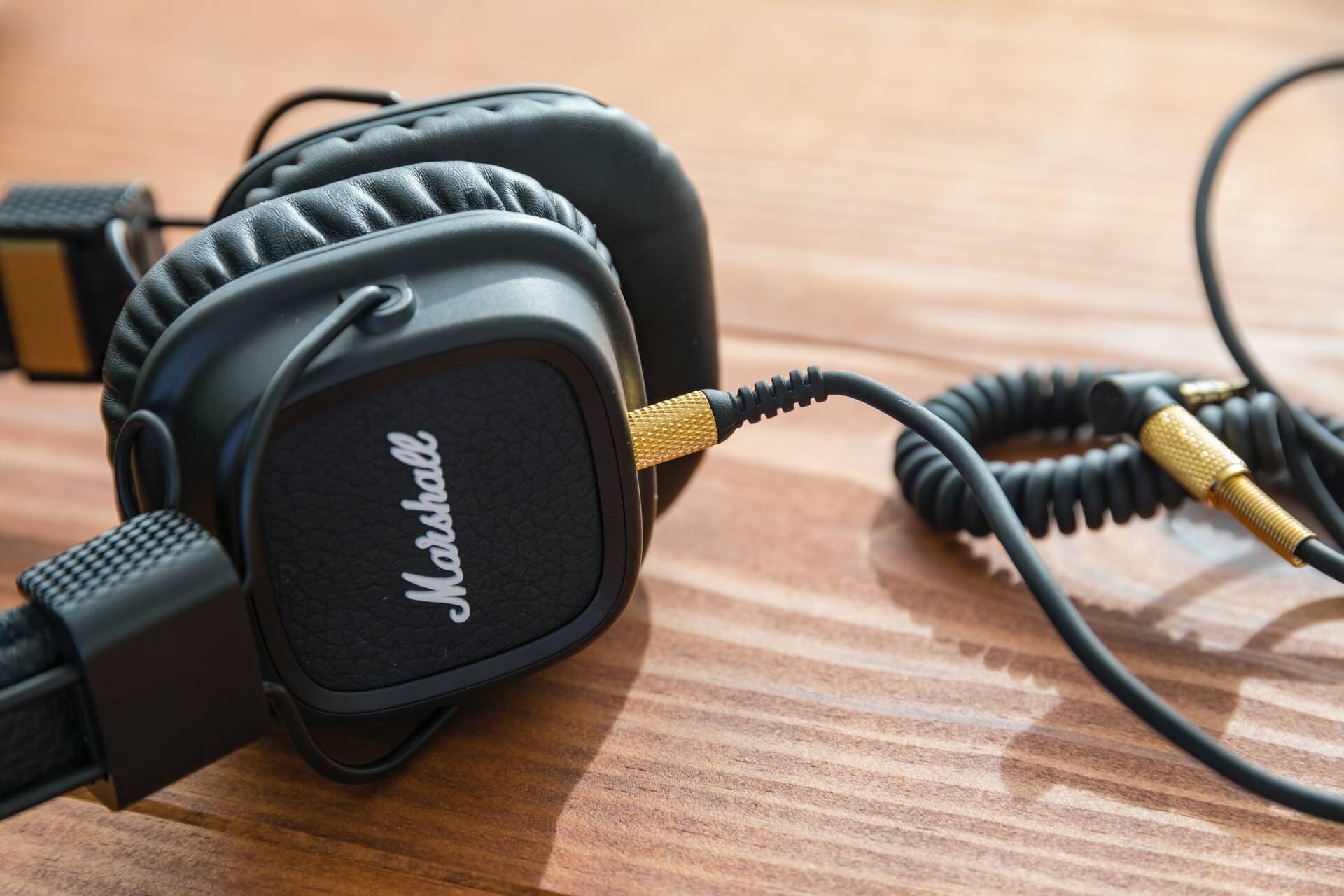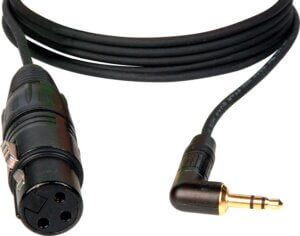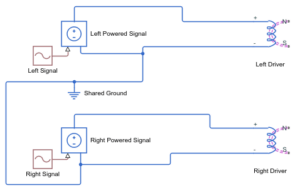
What Are Balanced and Unbalanced Headphone Cables?
Have you ever spent time looking for a replacement headphone cable — whether it’s because your previous cable broke or perhaps, you’re looking for an upgrade? When you’re exploring the internet for a new headphone cable, you may come across expensive cables with the term ‘balanced’ attached to them.
You may be asking, “Why are these cables more expensive than the common unbalanced cable? Do balanced cables improve the quality of my music? What are balanced headphone cables?”
In short, balanced headphone cables come with a different connector than unbalanced cables and operate using four different signal paths for audio. But we’ll get into that in just a second. Let’s first go over what an unbalanced cable is — which is the most common type of cable used in the headphone space — and then we’ll compare it to a balanced cable in order to see the main differences between the two.
If you’d like to watch a video on this topic, below, you can check out our Dekoni U video where we discuss the difference between balanced and unbalanced headphone cables.

What Are Unbalanced Cables?

When you purchase wired headphones, you’ll typically find an unbalanced cable included in the packaging. Your typical unbalanced cable is a cable that has three contacts, which is characterized by the TRS layout.
TRS stands for tip, ring, sleeve, and as you can see, this common unbalanced headphone cable has a contact at the tip, ring, and sleeve.
- The tip conducts audio signals for the left channel or L+
- The ring conducts audio signals for the right channel or R+
- The sleeve acts as a shared ground to minimize unwanted electrical noise.
Make a note that a TRS cable can be either balanced or unbalanced depending on the type of audio signal you’re sending. If it’s a mono signal, then the TRS cable is balanced, but if it’s a stereo signal being sent through it, then the TRS cable would be unbalanced.
In an unbalanced headphone cable setup, you’ll find two wired conductors sending single audio signals to each channel and a third wire for the ground.

However, the potential negative side effect when using an unbalanced connection is the chance to receive unwanted noise or electromagnetic interference. The interference you may hear when listening to your music is caused by ‘crosstalk’.
Crosstalk is where unwanted signals leak between audio channels, causing that electrical interference. This occurs in unbalanced connections because both audio channels — the L+ and the R+ — share a ground. This shared ground makes the cable more susceptible to unwanted noise and interference that can affect your listening experience.
However, crosstalk can be eliminated using a new and improved connection type known as balanced cables.
What Are Balanced Cables?

A balanced cable is a cable that operates using a stereo audio layout with four different conductors. Each channel uses two audio signal paths, unlike an unbalanced cable where there is only one signal path for each audio signal.
Balanced cables use four wires across both audio channels. Each channel uses two signals with opposite polarities, meaning a negative and positive signal. For each stereo channel, the positive and negative wires pick up the same amount of noise. This means there is no difference in voltage between the two channels. This is because each signal path shares the same amount of impedance, which is another word for electrical resistance.

The purpose of having two signal paths for each channel is to achieve common-mode noise reduction. This is where the amount of noise or electrical interference is greatly reduced to little-to-no sound at all.
Common-mode noise reduction is achieved with phase cancellation, where both signal wires in each channel carry the same signal, but the signal’s polarities are reversed. They’re able to cancel out the unwanted noise, leaving you with silence. Think of it as adding positive and negative numbers together. If you add up +10 and negative -10, you’ll get 0.
When the two signals are phase canceled, the leftover and unwanted noise that wasn’t present in the original signal gets isolated and the headphone driver will choose not to represent that interference in the output.
Are Balanced Cables Worth It?

Now that you have a better understanding of unbalanced and balanced cables, you may still be wondering if it’s worth upgrading to balanced cables or not.
There seems to be a lot of debate on what is or isn’t snake oil in the headphone space. With the hobby and enthusiast crowd becoming much larger in recent years, there have been more offerings of accessories, devices, and audio formats that claim to make your music sound better. But do balanced cables actually make your music sound better?
The quick answer is no, but that doesn’t mean there isn’t a real tangible benefit of upgrading to a balanced cable. The main benefit of balanced cables is that they’re able to reduce the amount of noise much better than unbalanced cables can. This allows audiophiles and other people alike that are seeking perfect, uninterrupted sound, to be much more certain of getting a clear signal when listening to music every time.
However, it’s important to note that gaining the full benefit of balanced cables requires a little more than just the cable. Balanced audio also requires a source audio device to be balanced — such as your DAC or headphone amplifier. So if you’re interested in purchasing a balanced cable, make sure your audio devices are also balanced.
Conclusion
Hopefully, you were able to gain a better understanding of the differences between balanced and unbalanced cables, and the benefits that come along with investing in a balanced system. Remember, balanced cables will not make your music sound better, it simply reduces any unwanted noise that can negatively affect your listening experience.
If you’re interested in replacing and/or upgrading your headphone listening experience, we have Balanced 4.4mm Pentacon Cables for the Sennheiser HD600 Series headphones available to you. For more information on any of our other products, check us out at Dekoniaudio.com






